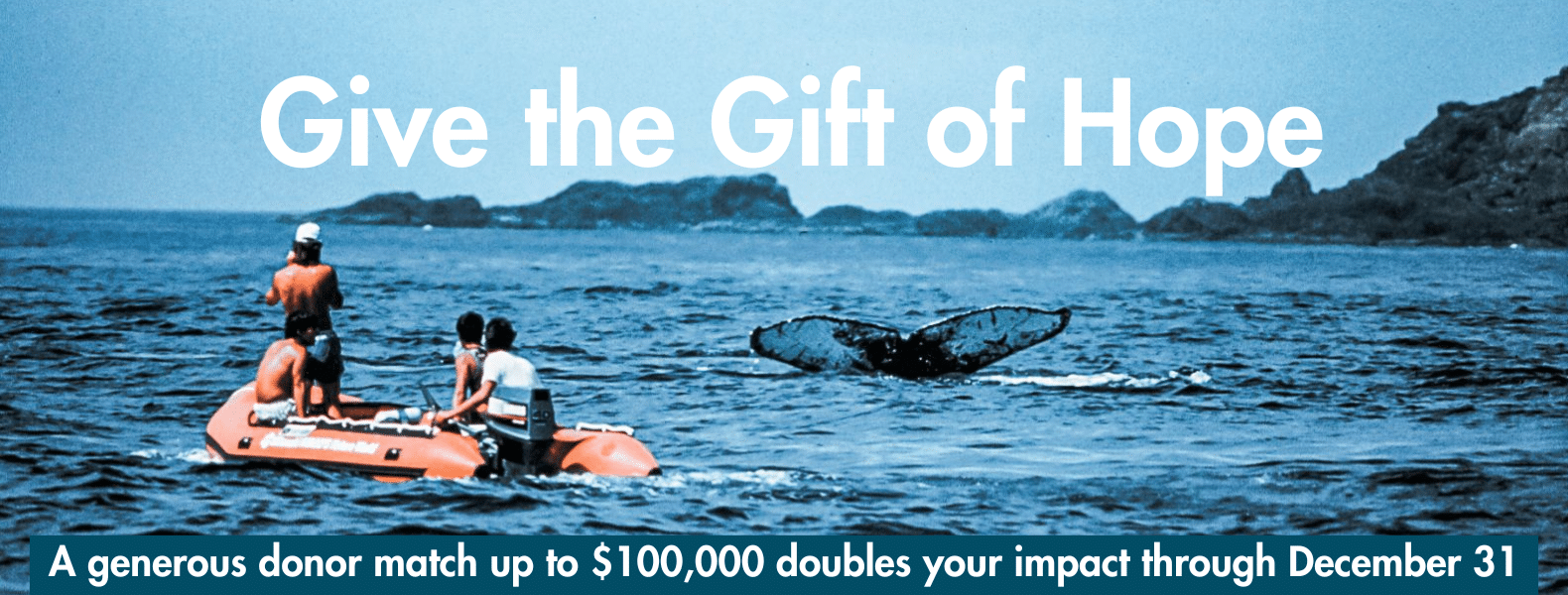Ever wondered how to make fish tacos sustainably? We’ve got you covered with these easy-to-make fish tacos, made from sustainably sourced, local ingredients. Join PWF Conservation Advocate, Shelby Serra as she walks us through how to make eco-friendly decisions at the grocery store, how to avoid unsustainable seafood items and how to put together delicious tacos!
Scroll below to get answers to commonly asked questions about sustainable seafood and check out our three-part MAKING WAVES article series on fisheries interactions to learn more about fisheries management and threats such as bycatch and entanglement.
COMMONLY ASKED QUESTIONS ABOUT SUSTAINABLE SEAFOOD
Q: WITHOUT GIVING UP SEAFOOD COMPLETELY, WHICH SEAFOOD IS THE MOST SUSTAINABLE TO EAT?
A: We understand that it is not realistic for everyone to give up seafood – millions around the world rely on seafood for protein and sustenance. However, we know that the threats of overfishing, bycatch, and entanglement are a huge concern for whale and dolphin populations across the globe. To ensure you’re eating seafood as sustainably as possible, it is crucial to know where your fish is coming from and, if possible, what type of fishing gear was used. For example, more than half of all tuna is caught using purse seine nets, which are large nets that both contribute to overfishing and run the risk of incidental catch (bycatch) of non-targeted species. So, eliminating or reducing tuna consumption, or choosing tuna labeled as 100% pole and line caught, is one way you can be part of the solution. Learn more about different types of fishing gear, and which gear is the most harmful.
Q: WHAT IS THE BEST PLACE TO BUY SEAFOOD?
A: If possible, eat local! Does your town have a farmer’s market or small butchery? These places often source locally. Seafood caught from small artisanal fisheries tend to utilize less damaging fishing practices than their large-scale commercial counterparts. Typically, small-scale fishing operations use ‘one-catch-at-a-time’ sustainable methods, such as pole-and-line or spearfishing. Awareness about the fishery or just knowing the person catching your fish is the easiest way to ensure it was caught in a sustainable way!
However, many people who eat fish do not live near a lake or coastline. In this case, you may have to source your seafood from a grocery store, where you can utilize sustainable certification labels to help guide your consumer choices. Keep an eye out for terms like “no nets,” “100% pole and line caught,” and “dolphin-safe.” If possible, look at the label to determine which country that seafood is sourced from, and choose those that travelled the shortest distance to get to you.
If all else fails, check for the blue Marine Stewardship Council (MSC) label to ensure your fish is coming from a certified sustainable fishery. For more information on how to choose sustainable seafood options, head to a guide our website here.
Q: DOES ‘DOLPHIN SAFE’ SEAFOOD REALLY EXIST?
A: Yes! With proper and careful management, seafood can be sustainably harvested from the ocean with minimal to no harm of non-targeted species. The “dolphin-safe” MSC label represents a certification process carried out by expert assessment bodies through a transparent process which can be viewed online at Track a Fishery. This certification is not an easy process, and some fisheries spend many years improving their practices in order to achieve the MSC “dolphin-safe” label!
Fisheries certified to the MSC standard must provide evidence that they are actively minimizing unwanted catch or risk being suspended. There are numerous positive examples of MSC certified fisheries introducing innovations to protect marine life, such as modifying gear type to decrease turtle bycatch or adding LED lights to increase the selectivity of catch and reduce the chance of incidental catch of non-targeted species.
Of course, as most commercial fishing takes place outside of the public view, accountability mechanisms like observer coverage or electronic monitoring are increasing across fleets to help ensure dolphins, as well as other non-target species, are not being taken. Familiarizing yourself with the fishing methods that have a higher tendency to incidentally catch dolphins can help you to avoid seafood caught by these methods. To learn more about the “dolphin-safe” label, click here.
Q: IS IT BETTER TO BUY FARM-RAISED SEAFOOD, AS OPPOSED TO WILD-CAUGHT?
A: Fish farming, or aquaculture, is a controversial fishing method. Although it puts less stress on wild populations of fish, it can have negative consequences in terms of land use and water quality, resources used to feed the fish, and the waste produced by the fish. When consuming farmed fish, be sure to do your research on which farm your fish is coming from and what farming practices they are using.
Q: IS THERE AN APP TO SCAN SEAFOOD WHILE I’M AT THE STORE TO DETERMINE IF IT IS SUSTAINABLE?
A: At this point in time, there is no all-inclusive app that allows you to scan the seafood offered at the store. The easiest way to determine if your seafood is sustainable is to educate yourself on fishing methods, and get comfortable reading labels! Since the U.S. imports the majority of the seafood consumed in this country, it is very important to familiarize yourself with methods used outside of our waters. One policy that is currently in implementation stage is the MMPA Import Rule, which will require foreign fisheries to prove that their bycatch levels follow the same strict standards as U.S. fisheries (low and sustainable), or be banned from importing their products here. This will go into effect January 2023.


